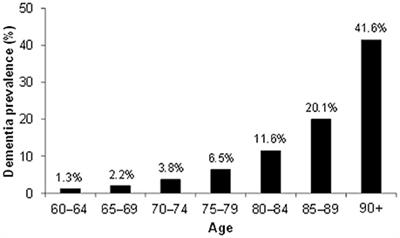REVIEW
Published on 16 Aug 2017
Visual Dysfunction in Posterior Cortical Atrophy

doi 10.3389/fneur.2017.00389
- 22,767 views
- 44 citations
20k
Total downloads
104k
Total views and downloads
You will be redirected to our submission process.
REVIEW
Published on 16 Aug 2017

ORIGINAL RESEARCH
Published on 05 Jul 2017

REVIEW
Published on 24 May 2017

MINI REVIEW
Published on 04 May 2017

REVIEW
Published on 17 Nov 2016

REVIEW
Published on 08 Aug 2016

OPINION
Published on 27 Jul 2016
REVIEW
Published on 19 Apr 2016

ORIGINAL RESEARCH
Published on 18 Dec 2015
OPINION
Published on 03 Nov 2015

Frontiers in Neuroscience